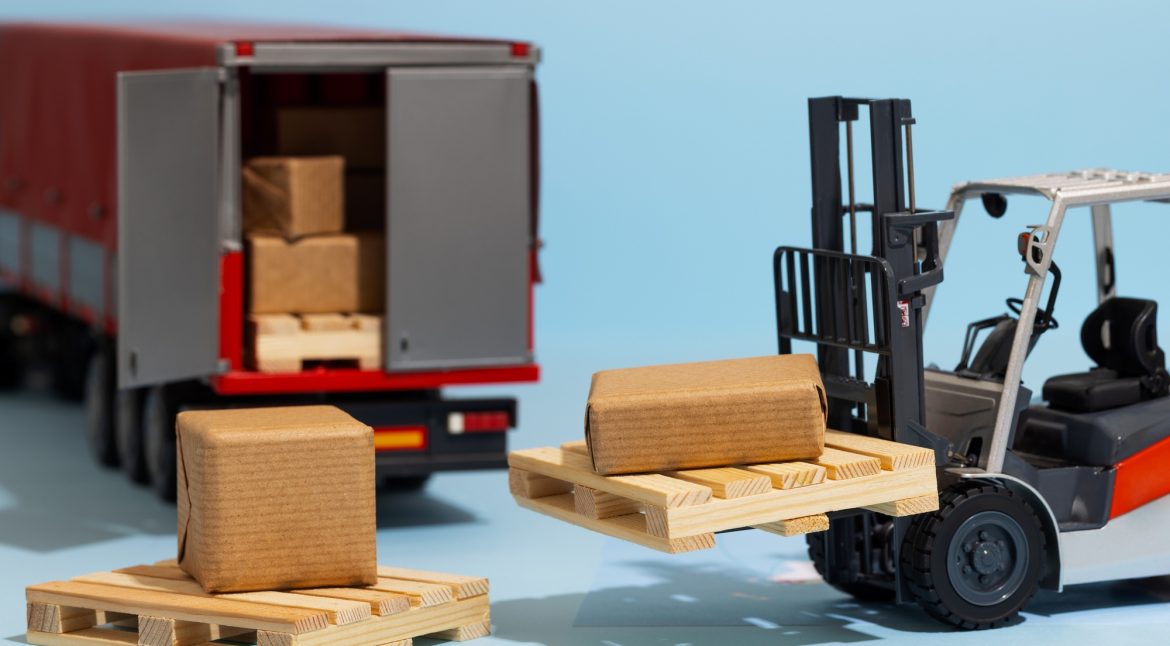Table of Contents
In the complex world of international shipping, transporting hazardous materials requires innovative strategies to ensure safety and compliance. One such pivotal approach is cross stuffing, a crucial method in the efficient and secure shipment of Speciality IMCO Cargo.
This article explores the significance of cross-stuffing, its alignment with regulatory frameworks, and how it enhances the safety of transporting hazardous materials.
Understanding Cross Stuffing:

Cross-stuffing is a strategic process that involves transferring cargo from one container to another at an intermediate point, often during the shipping journey. When dealing with Speciality IMCO Cargo, this method allows for consolidating hazardous materials. Strict compliance with the rules and improvements in safety measures are essential to ensure everyone’s health and safety. Priorities should include improving safety standards and adhering strictly to all rules and regulations.
Enhancing Compliance:
One of the key advantages of cross-stuffing is its seamless alignment with regulatory requirements, particularly those outlined in the International Maritime Dangerous Goods (IMDG) Code.
This method enables shipping companies to verify and enhance the compliance of Speciality IMCO Cargo, making it a priority to ensure that all cargo is properly categorized, tagged, and documented. This is essential to maintaining protection and compliance with the rules.
By following these guidelines, your business can help avoid potential dangers or guarantee that the shipment reaches its destination undamaged.
Mitigating Risks through Controlled Environments:
Cross-stuffing provides a controlled environment for the consolidation of Speciality IMCO Cargo. In certain cases, accidents and spills can be reduced in places such as storage areas and warehouses. These make it possible to improve oversight and oversee resources.
It also allows for additional safety measures to be implemented at intermediate points By containing and controlling potentially hazardous products, you can reduce the impact of mishaps. This approach can enhance the safe handling and transport of hazardous items; shipping companies can implement stringent safety measures, significantly reducing the risk of accidents, spills, and other incidents throughout the transportation journey.
Optimizing Packaging Solutions:
Another notable benefit of cross-stuffing is its ability to optimize packaging solutions for Speciality IMCO Cargo. Shipping companies can use it to evaluate and improve their wrapping quality at different stages of the shipping process. Businesses can ensure that their products will be adequately protected and safe during transportation by upgrading and re-evaluating the packaging at different interim locations. It can reduce the risk of damage and ensure that things arrive at their intended destination in good condition. They adapt to changing conditions and ensure the cargo remains secure and intact throughout transit.
Environmental Considerations in Cross Stuffing:
Cross-stuffing allows shipping companies to incorporate eco-friendly practices in an era where environmental sustainability is a paramount concern. Manufacturers are increasingly turning to environmentally friendly building materials in an effort to reduce the negative impact their activities have on the environment.
This includes using biodegradable and recyclable materials to reduce pollution and waste. Businesses also use spill response plans to manage and mitigate potential environmental issues. These measures demonstrate a commitment to preserving the environment and responsibly handling it, contributing to a more sustainable shipping process
Adapting to Regulatory Changes:
Given the frequent changes in regulatory landscapes, cross-stuffing allows shipping companies to adapt swiftly. Staying informed about amendments to the IMDG Code and other regulations becomes more manageable, ensuring continued compliance in handling Speciality IMCO Cargo.
Conclusion:
In conclusion, cross-stuffing emerges as a strategic and innovative solution for the safe shipment of Speciality IMCO Cargo. Its ability to enhance compliance, mitigate risks through controlled environments, optimize packaging solutions, consider environmental implications, and adapt to regulatory changes underscores its significance in ensuring hazardous materials’ secure and efficient transport. As the shipping industry evolves, embracing methodologies like cross-stuffing becomes instrumental in fostering a resilient and sustainable global trade network.

